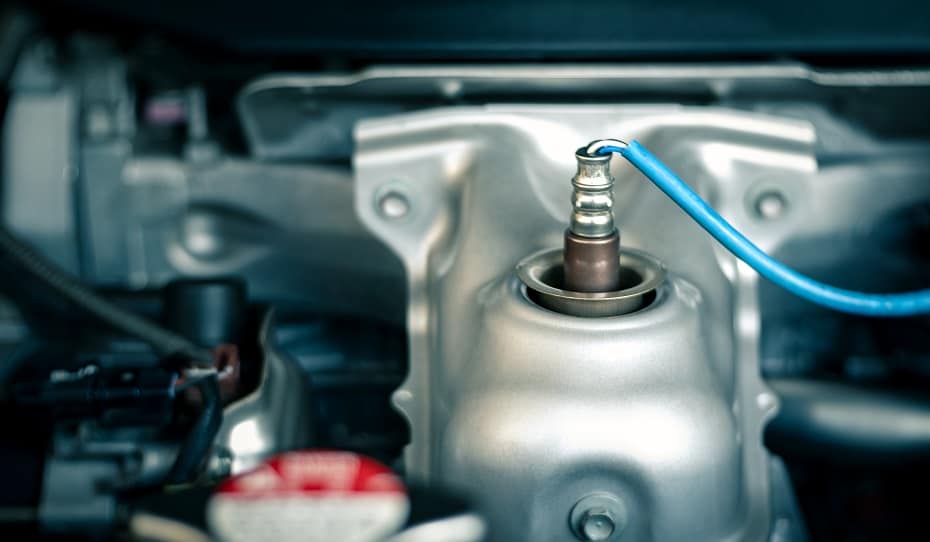In most cases, bank 1 and bank 2 imply the sides of an engine but is not as simple as the “right side” of the engine versus the “left side” of the engine.
Knowing which bank is in question is important to work on the car properly, including when locating sensors so that no mistake happens, and the wrong sensor gets replaced.
Perhaps you have heard that bank 1 is on the driver’s side, or the side in which the first cylinder is closest to the front. This is wrong as each car model is different.
Different cars have different locations of their bank 1 as well as bank 2. What they all have in common is that bank 1 is always referred to as the “side” in which the first cylinder is located.
In this guide, we will go through how to correctly identify bank 1 and bank 2 on any car model. As well as looking into how to locate the O2 sensors.
Let’s get started right away!
Table of ContentsShow
Locating Bank 1

As soon as you locate bank 1, you know which side is bank 2. As previously stated, bank 1 is located where cylinder 1 is located.
Therefore, the only thing that must be done to know where bank 1 is, is simply to find out where cylinder 1 is.
There are a few different ways to do this, we will cover the easiest steps below.
Check The Engine Compartment
The easiest way is to check the crankcase or ignition cables. However, far from every car have a mark on the crankcase or the ignition cables.
In case the ignition cables are numbered, make sure that they have not been tampered with previously, as there is a risk that somebody may have moved them and returned them in an incorrect order.
Ask Somebody Who Knows
A less invasive method is to simply ask an authorized dealership, a mechanic that knows your car, a car forum, or simply your repair/service manual.
Make sure that the info they give you is accurate for your car model and engine. If you look in a car forum, ensure they are detailed in their answer.
For example, somebody saying bank 1 is on the driver’s side of the car may be inaccurate if the author is from the United Kingdom as they drive on the left.
Use An OBD2 Scanner
An OBD2 scanner is handy to have, including in this case. To locate the correct bank, all you have to do are three simple steps.
- Plug in your OBD2 scanner and erase all the faulty codes.
- Unplug one O2 sensor.
- The code showing due to the O2 sensor you disconnected, will also show which bank is affected.
Upstream And Downstream O2 Sensors

The amount of O2 sensors varies by car, but all cars have at least two O2 sensors.
This is because each car has at least one upstream O2 sensor (sensor 1), and one downstream O2 sensor (sensor 2).

Sensor 1 is located before the catalytic converter, while sensor 2 is located after the catalytic converter.
When reading a diagnostic trouble code (DTC), you can locate the faulty O2 sensor by reading the code and locating the correct bank per the instructions previously mentioned.
For example, a DTC that reads “Bank 1 sensor 2” means that the O2 sensor is located on the same side as cylinder 1, after the catalytic converter.
On the other hand, a DTC that reads “Bank 1 sensor 1”, means the O2 sensor is located before the catalytic converter, on the same side as cylinder 1.
Following the same logic, “Bank 2 sensor 2” would indicate that the O2 sensor is located on the opposite side of bank 1, after the catalytic converter.
How To Locate O2 Sensor
In short, the bank tells which side the O2 is on (bank 1 or bank 2), while the sensor number tells if it is before the catalytic converter (sensor 1) or after the catalytic converter (sensor 2).
Remember that bank 1 is determined by the side in which cylinder number 1 is located.




